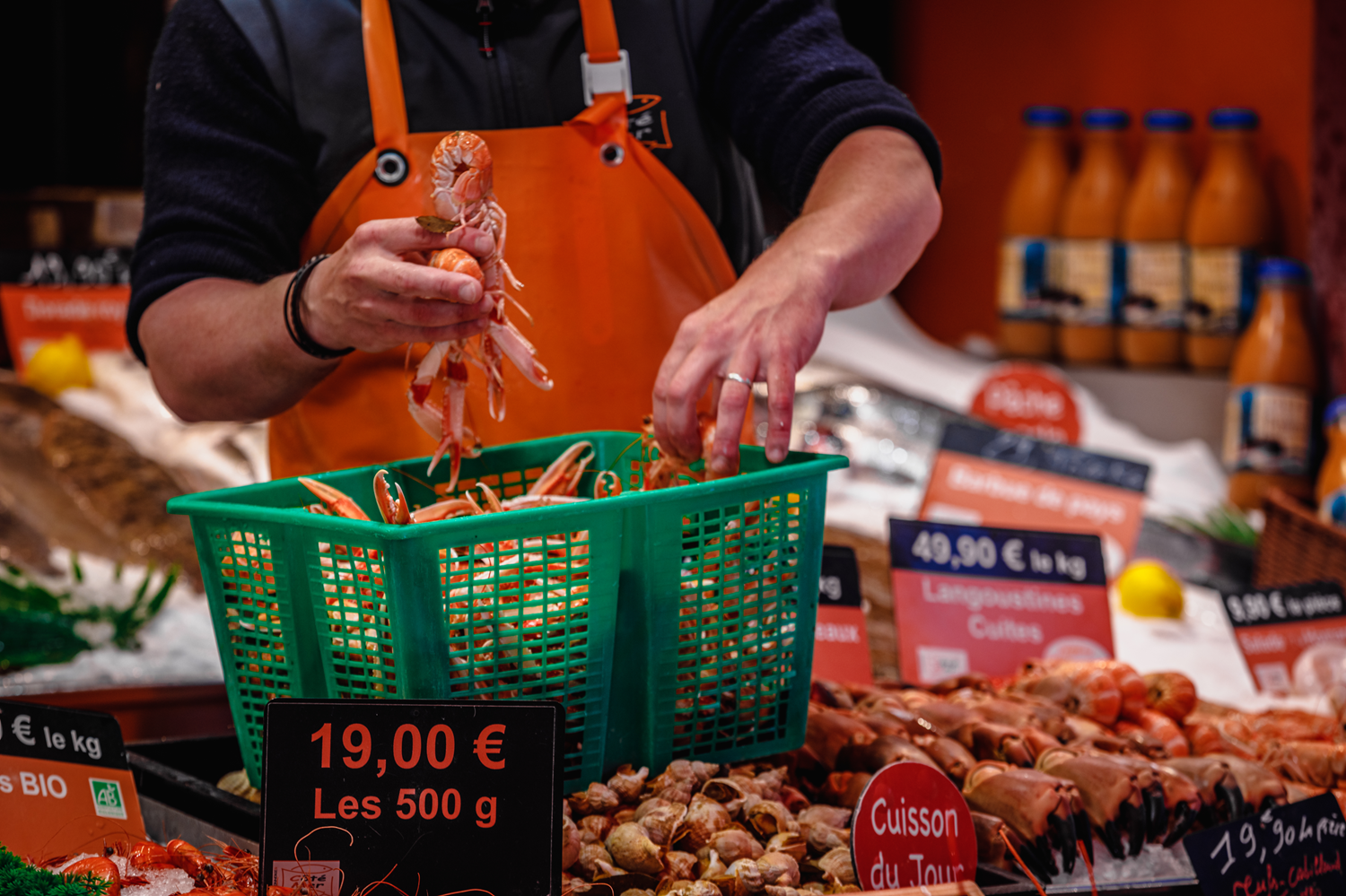Before you go any further...
I've read and accept the Terms of Use and the Privacy Policy.
I accept to receive newsletter and other communications associated with firms of The Explorers Network group'
I accept to receive commercial offers of The Explorers Network partners'.
Thanks!
Vote everyday for your favorite content
SENSITIVE CONTENT
This media contains sensitive content which some people may find disturbing or offensive.
You must be 15 years of age or older to view sensitive content.
Log inBirthday
Content being validated
THE EXPLORERS +
Watch our premium movies
The Explorers + is our premium movie catalog in Ultra High Definition (HD/4K/8K)! Hundreds of videos already available and daily new content on all your devices (web, mobile, tablets, smart TV).
Post content (photo or video) and get 1-month free
OR
Subscribe and support The Explorers Foundation's field actions for biodiversity.

Content being validated
An ancient and regulated consumption
0
0
Seafood consumption dates back over 150,000 years to the hunter-gatherer period of prehistoric times. Rich in trace elements, iodine, magnesium, and vitamin B12, seafood must, like all products of animal origin, be eaten fresh and stored in compliance with various hygiene standards. In France, the consumption of shellfish and, in particular, oysters, as well as that of purple sea urchins, is traditionally reserved for the months in R (from September to April) only. The ban on the fishing, peddling, and sale of oysters from May 1 to November 1 dates back to a royal edict of 1759, at a time when cold storage did not exist and transport was slow. It remains relevant for purple sea urchins, whose reproduction period it helps to preserve.
Related content

Médias en cours d’exploration

